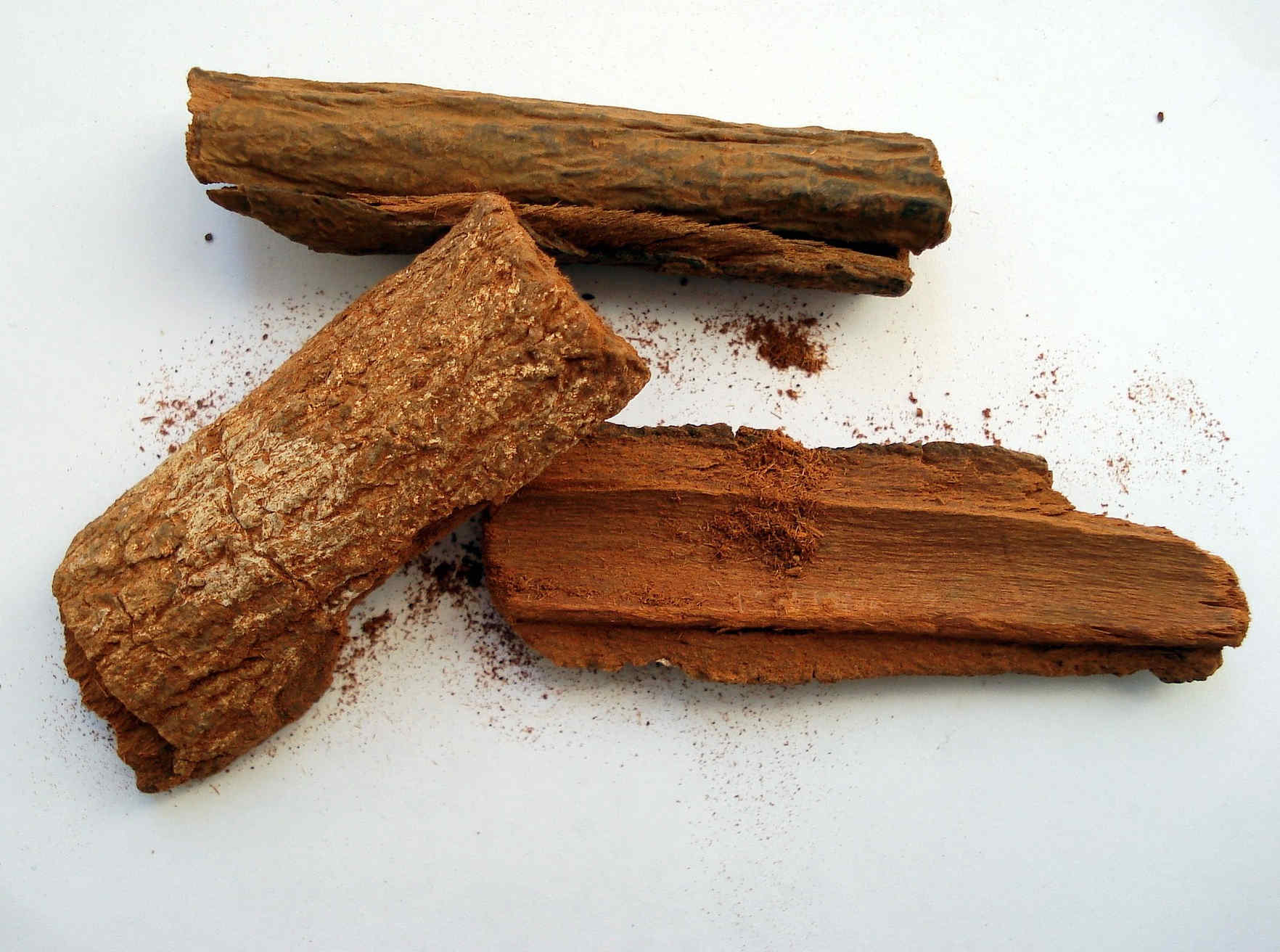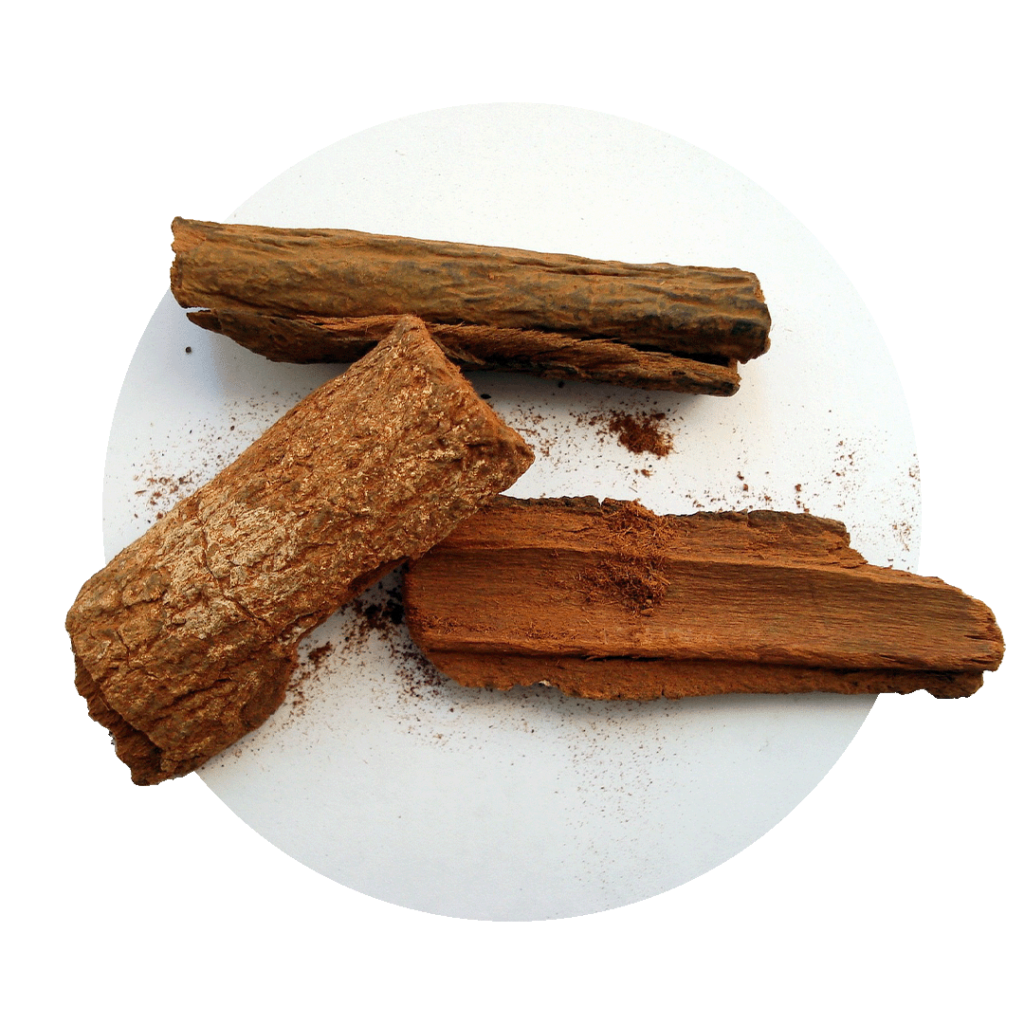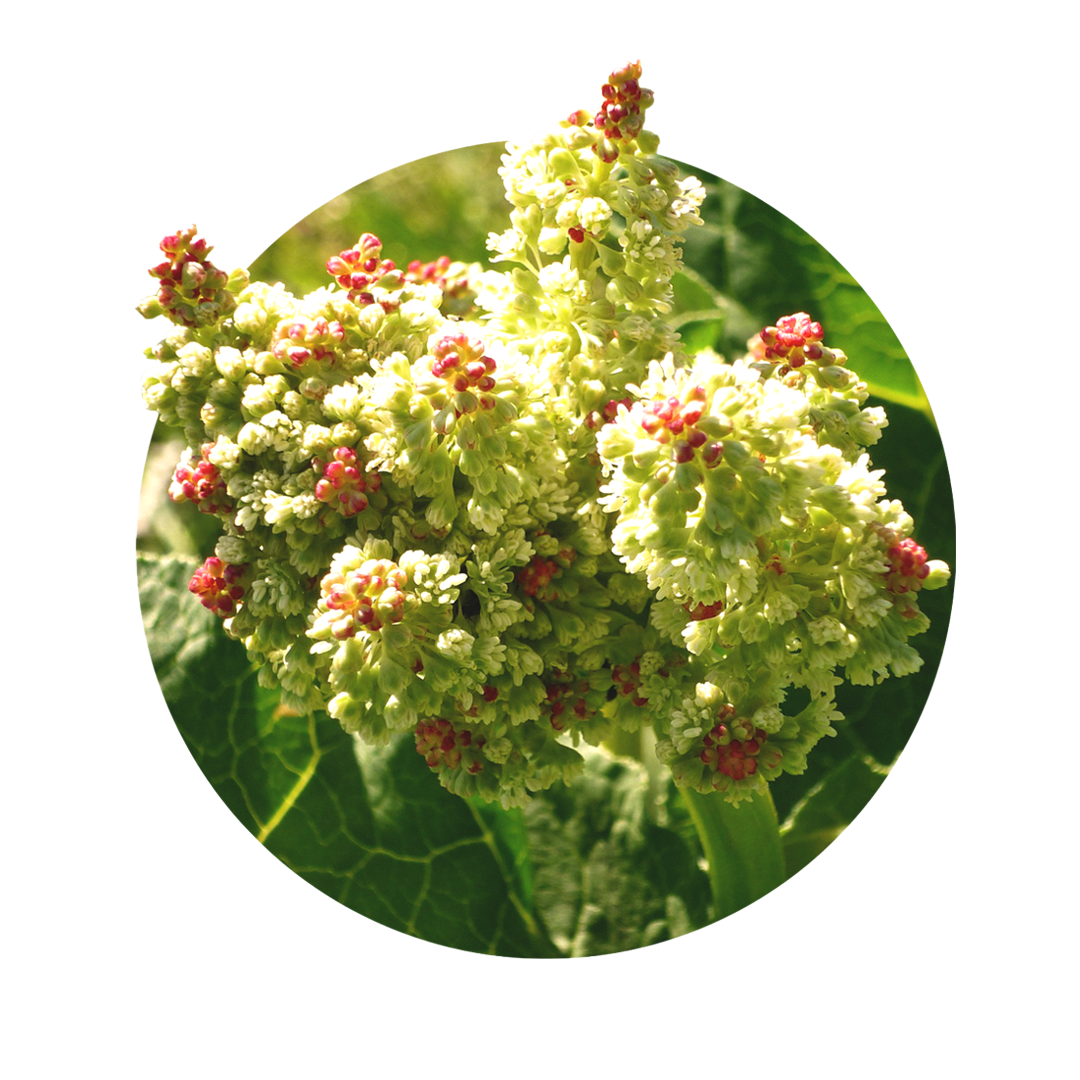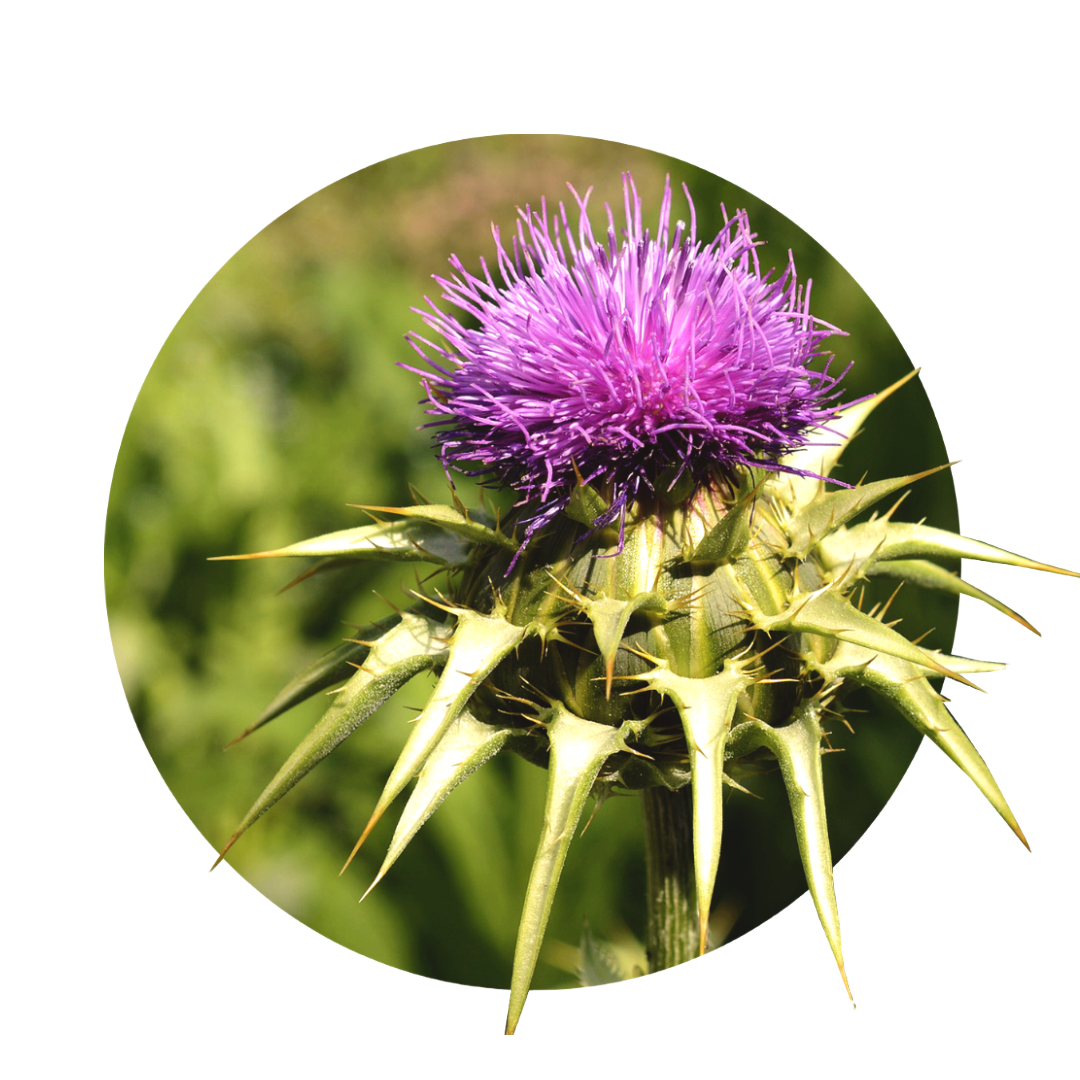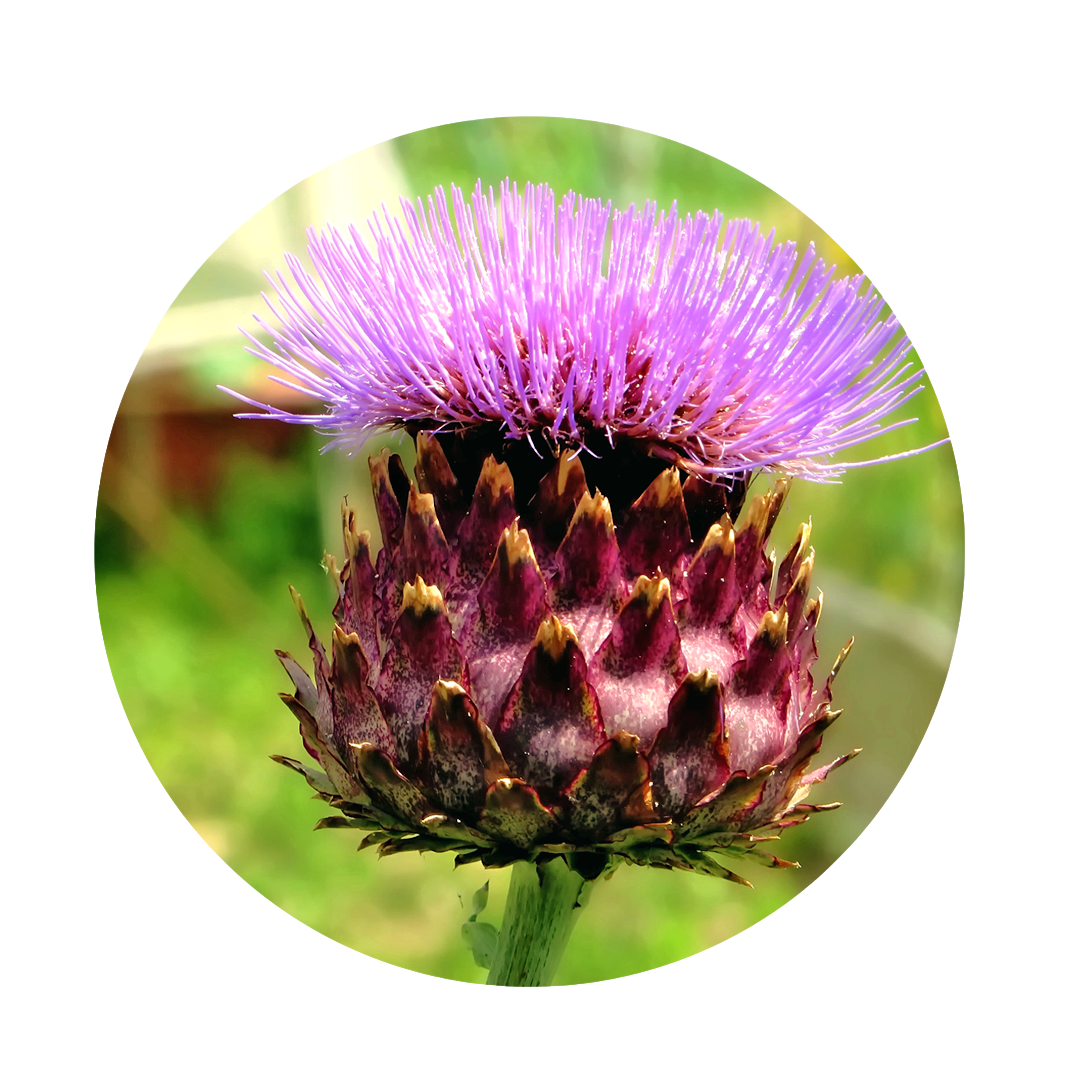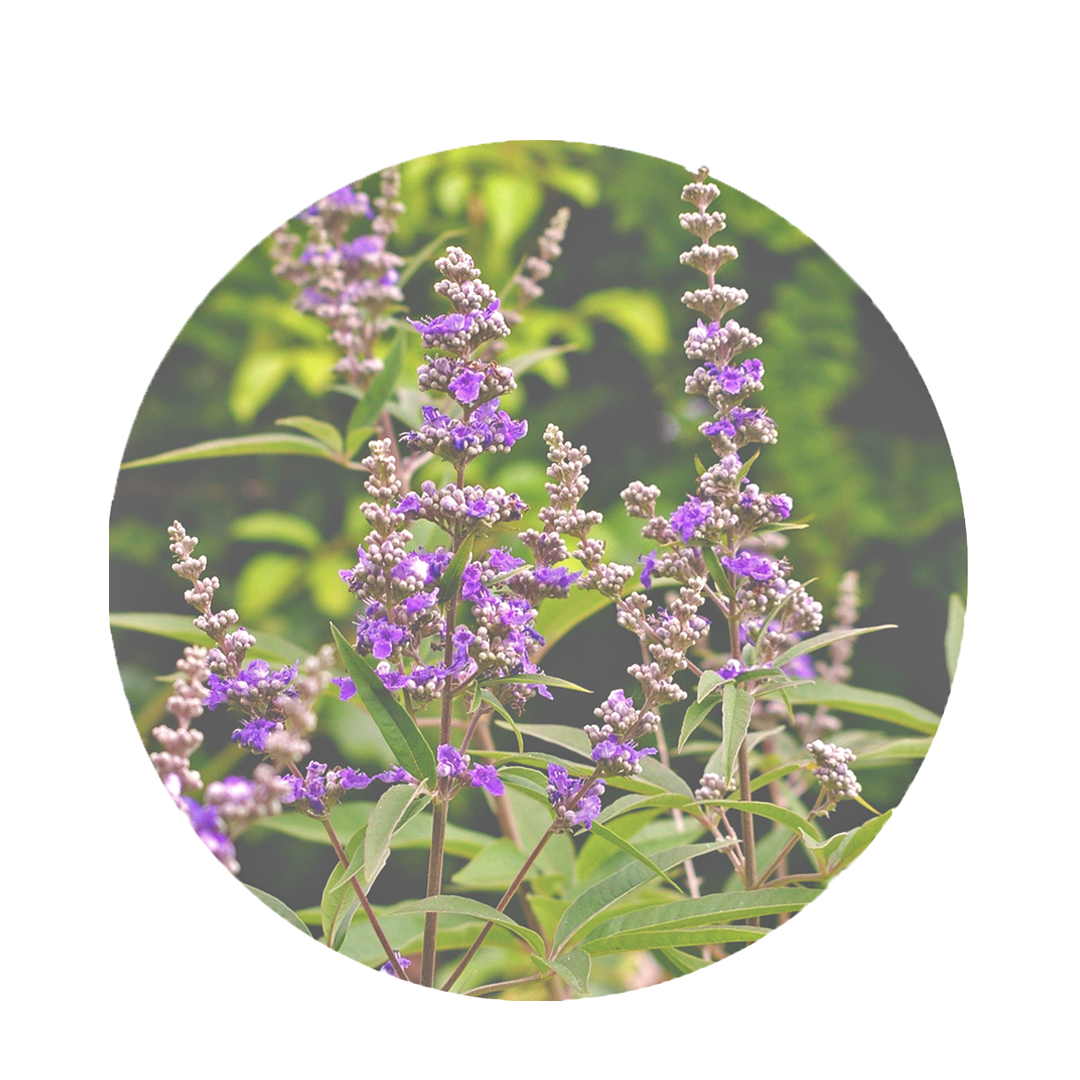Cinchona bark: the tonic medicinal plant
The cinchona bark has arrived in modern naturopathy for some time. The reason for this was its successful use in the treatment of malaria. This event dates back to the 17th century, when the Countess Chinchon was treated and cured with it. It also gave the plant its name. At that time, it was already highly valued by the indigenous people of South America and was indispensable as a medicinal plant. Today it is used in our country mainly for the treatment of dyspeptic complaints and problems in the gastrointestinal tract. Therefore, it is a fixed component of many Amara formulations and is prescribed more often than one might realize.
Facts about cinchona bark
Did you know that...
... cinchona bark used to be THE remedy for malaria?
... cinchona bark grows so aggressively that it causes other trees to die?
... cinchona bark is the source of bitterness of tonic water?
What is cinchona bark?
The cinchona bark is bark of a tree growing in South America. The plant grows in about eight meters high and spreads by a winged seed. The flowers of the cinchona tree are small, star-shaped and funnel-shaped, and gather very close together at the tips of the branches. The flowers themselves are pinkish white and have a pinnate edge, making them almost unmistakable. Only the bark is used for medicinal purposes, as it contains the bitter substances and alkaloids on which the plant's effectiveness is based. The cinchona tree grows very aggressively. Forests where it has been established or where it grows wild soon decline and give way to the fast-growing cinchona tree. Incidentally, the name of the plant is not derived from the country China, but from a countess Chinchon, who is said to have been cured of malaria by means of the tree. Today, the bitter substances of the cinchona bark are mostly produced synthetically, but they are almost no longer used for malaria. However, the tonic waters of this world still owe their bitterness to this synthetic product.
General and medicinal properties of China succirubra
Antispasmodic
Cinchona bark is antispasmodic. It was drunk in the past as a tea for gastrointestinal cramps. It relaxes the spasming muscles and calms the bowels. As quinine sulfate, it is also successfully used for cramps of the peripheral muscles. Calf cramps are the main indication and soon passed under its intake.
Digestive
cinchona bark is digestive. The bitter substances stimulate all digestive glands to provide more juices. Digestion can thus proceed better, the food is digested faster and the intestine is relieved.
Antipyretic
Cinchona bark is antipyretic. It became famous because it was successfully used to treat malaria. Malaria is a disease in which there is a strong, high fever. Since it successfully helped here, it became known for it and often used.
China succirubra: Ingredients
Chinese bark contains a typical mixture of substances that have an effect on the central nervous system, as well as in the stimulation of the digestive system.
- alkaloids such as quinine, quinidine, quinchonine and quinconidine
- Catechingerbstoffe
- Bitter substances such as quinovosides
Cinchona bark: effect for body and mind
The cinchona bark started its career in the western world in the 17th century. Due to a circumstance, it was successfully used by aristocratic notables for the treatment of feverish malaria. Until modern times it was the standard remedy for the treatment of this disease. Today it has lost its importance in this respect. However, it is still used naturopathically for the treatment of fever. It is mainly used for cramps and digestive problems. Its ingredients have both a relaxing and digestive effect. They stimulate the activity of the liver, gall bladder and pancreas, and relax the intestines so that they can move the stool in a relaxed manner. As a sulfur compound, it is also used to treat severe calf cramps when magnesium has no effect here. The effect of cinchona bark is both central and in the stimulation of the digestive tract.
Properties of cinchona bark:
- Decongesting
- Digestive
- Antipyretic
- Appetizing
- Anti-flatulent
- Antimalarial
Fields of application in naturopathy
The cinchona bark has a wide range of applications. Digestive problems with a tendency to cramps are a focus. But it is also popular for febrile diseases.

China succirubra for sleep problems
The cinchona bark in general also has a very positive effect on the nervous system. It is relaxing and increases the well-being. Therefore, that it is additionally proven to be antispasmodic, it is also often used for sleep problems. It promotes relaxation and thus helps to fall asleep better.
China succirubra in states of weakness
Like all bitter drugs, cinchona bark is considered tonic. It thus promotes digestion and strengthens the main metabolic and energy organ, the liver. Therefore, it is also often used for convalescence after infections to get back on their feet.
Cinchona bark for anemia
Many anemias are due to vitamin B12 deficiency or iron deficiency. They account for the lion's share of anemias. Both substances are absorbed from food in the small intestine. To improve this absorption, bitter substances such as quinine from cinchona bark can be used. They increase absorption and thus compensate for the increased requirement in the deficiency situation.
China succirubra for digestive problems
Due to its bitter substances, cinchona bark stimulates the digestive glands of the liver, gall bladder and pancreas. But it also has an antispasmodic effect on the intestines. Due to the fact that the active digestive glands produce more juices, digestion itself can proceed better and the intestine can transport the resulting stool more relaxed.
cinchona bark for fever
In the course of its long-term use in malaria, it has been found that cinchona bark is very suitable for the treatment of fever. It reduces fever reliably and even better than many synthetic preparations. Therefore, it is still a frequent component of cold mixtures.
Cinchona bark for liver diseases
With its bitter substances, cinchona bark stimulates the production of bile in the liver. Its muscle-relaxing effect relaxes the bile ducts so that the fluid can flow into the intestines unhindered and without problems. There it is needed for digestion. It thus relieves the liver, prevents bile stasis phenomena and sustainably stimulates the liver cells and their metabolism.
China succirubra for loss of appetite
Lack of appetite is often caused by the fact that the body does not actually have enough digestive juices to overcome the food. Thus, it does not produce a feeling of hunger. Because the cinchona bark stimulates the digestive glands and increases their output, the appetite also returns. The food can now also be digested appropriately again.
cinchona bark for joint pain
Joint pain is often caused by rheumatic inflammation, which is basically associated with pH levels in the body. Since cinchona bark strongly stimulates digestion, it indirectly influences pH levels, which are often derailed by indigestion in the intestine. It also stimulates the pancreas, which itself secretes sodium bicarbonate to ensure enzyme activity in the small intestine. Thus, the inflammatory cascade of the body is favorably influenced and joint pain decreases in the medium term.
Notes on the use of cinchona bark
Cinchona bark can be drunk as a tea. Mostly, however, it is a component of various ready-made preparations for the stimulation of digestion. Single preparations are successfully marketed as quinine sulfate against muscle cramps and have proven to be very effective in practice. Quinine bark should also be used rather as a cure or before consuming large amounts of food that is difficult to digest.
China succirubra during pregnancy & lactation
During pregnancy, the use of cinchona bark is not recommended. Bitter substances and their astringent effect can lead to complications.
Quinine poisoning
Large amounts are required to produce quinine poisoning with dizziness and vomiting. However, some patients are basically very sensitive to quinine bark. In case of such symptoms, intake should be discontinued immediately.
Discover our recipes
With natural methods such as the individual spagyric sprays from Zimply Natural, complaints can be treated and sustainably alleviated.
Use healing power of cinchona bark!
Use the healing power of cinchona bark and our other more than 100 medicinal plants for the natural relief of your ailments. Improve your well-being and support your body, mind and soul! Use our configurator to create your personal spagyric spray, which is tailored to your needs and accompanies you on your natural path to the improvement of body, mind and soul.

